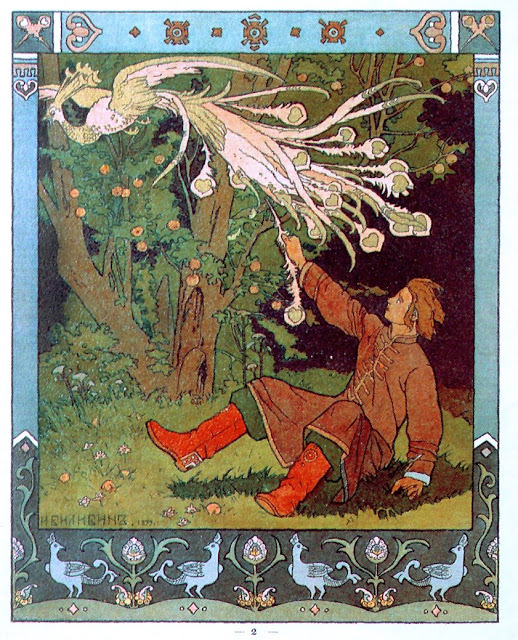Hypnerotomachia Poliphili (from Greek hýpnos, ‘sleep’, éros, ‘love’, and máchē, ‘fight’), called in English Poliphilo’s Strife of Love in a Dream or The Dream of Poliphilus. The book has long been sought after as one of the most beautiful incunabula ever printed. It is actually anonymous, but an acrostic formed by the first, elaborately decorated letter in each chapter in the original Italian reads POLIAM FRATER FRANCISCVS COLVMNA PERAMAVIT, “Brother Francesco Colonna has dearly loved Polia.”, that’s why this romance is said to be by Francesco Colonna.
First published in Venice in 1499 by Aldo Manutius, in an elegant page layout, with refined woodcut illustrations in an Early Renaissance style, Hypnerotomachia Poliphili presents a mysterious arcane allegory in which Poliphilo pursues his love Polia through a dreamlike landscape, and is, seemingly, at last reconciled with her by the Fountain of Venus.
The book is illustrated with 168 exquisite woodcuts showing the scenery, architectural settings, and some of the characters Poliphilo encounters in his dreams. They depict scenes from Poliphilo’s adventures, or the architectural features over which the text rhapsodizes, in a simultaneously stark and ornate line art style which perfectly integrates with the type. These images are also interesting because they shed light on what people in the Renaissance fancied about the alleged æsthetic qualities of Greek and Roman antiquities.
The typography is famous for its quality and clarity, in a roman typeface cut by Francesco Griffo, a revised version of a type which Aldus had first used in 1496 for the De Aetna of Pietro Bembo. The type was revived by the Monotype Corporation in 1923 as Poliphilus. Another revival, of the earlier version of Griffo’s type, was completed under the direction of Stanley Morison in 1929 as Bembo. The type is thought to be one of the first examples of the italic typeface, and unique to the Aldine Press in incunabula.
The psychologist Carl Jung admired the book, believing the dream images presaged his theory of archetypes. The style of the woodcut illustrations had a great influence on late-nineteenth-century English illustrators, such as Aubrey Beardsley, Walter Crane, and Robert Anning Bell.
The story begins with Poliphilo, who has spent a restless night because his beloved, Polia (literally “Many Things”), shunned him. Poliphilo is transported into a wild forest, where he gets lost, encounters dragons, wolves and maidens and a large variety of architecture, escapes, and falls asleep once more.
He then awakens in a second dream, dreamed within the first. In the dream, he is taken by some nymphs to meet their queen, and there he is asked to declare his love for Polia, which he does. He is then directed by two nymphs to three gates. He chooses the third, and there he discovers his beloved. They are taken by some more nymphs to a temple to be engaged. Along the way they come across five triumphal processions celebrating the union of the lovers. Then they are taken to the island of Cythera by barge, with Cupid as the boatswain; there they see another triumphal procession celebrating their union. The narrative is interrupted, and a second voice takes over, as Polia describes his erotomachia from her own point of view.
Poliphilo resumes his narrative after one-fifth of the book. Polia rejects Poliphilo, but Cupid appears to her in a vision and compels her to return and kiss Poliphilo, who has fallen into a deathlike swoon at her feet, back to life. Venus blesses their love, and the lovers are united at last. As Poliphilo is about to take Polia into his arms, Polia vanishes into thin air and Poliphilo wakes up.
The book is briefly mentioned in The Histories of Gargantua and Pantagruel (1532–34) by François Rabelais: “Far otherwise did heretofore the sages of Egypt, when they wrote by letters, which they called hieroglyphics, which none understood who were not skilled in the virtue, property, and nature of the things represented by them. Of which Orus Apollon hath in Greek composed two books, and Polyphilus, in his Dream of Love, set down more…” (Book 1, Ch. 9.)
The 1993 novel The Club Dumas by Arturo Pérez-Reverte mentions the 1545 edition of the Hypnerotomachia (Ch. 3). The book is again mentioned in Roman Polanski‘s 1999 film, The Ninth Gate, based loosely on Pérez-Reverte’s novel (this time, by its Italian title, “La Hypnerotomachia di Poliphilo“).











































 La Grande Odalisque, 1814, Jean AugusteDominique Ingres
La Grande Odalisque, 1814, Jean AugusteDominique Ingres

























